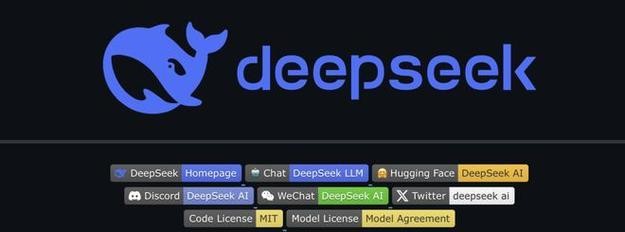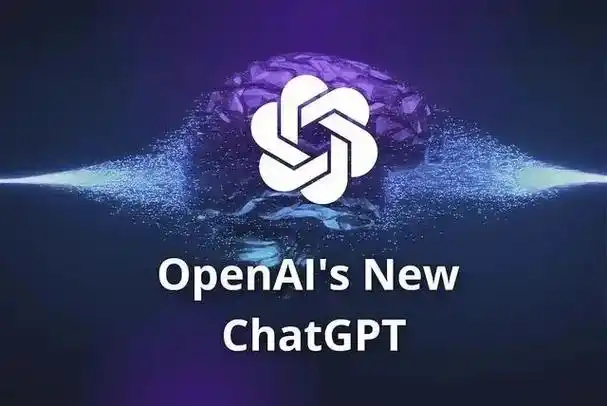
The year 2025 will mark the beginning of the commercial application of large-scale AI models.
Since British mathematician Alan Turing first proposed the concept of "artificial intelligence (AI)" in a seminal paper in 1950, humanity's exploration of the AI field has never ceased. By the end of 2022, the advent of Chat-GPT marked an important milestone in AI technology, demonstrating exceptional capabilities in complex tasks such as speech and image recognition, and natural language understanding. This breakthrough subsequently spurred the explosive growth of large-scale models built on vast amounts of data and knowledge bases in 2023.

In China, major corporations such as Baidu, Alibaba, Huawei, iFlytek, and Tencent have been actively positioning themselves in the large-scale model field, with the "hundred-model battle" beginning to take shape. As a top-tier technology, the development of large-scale models has been incredibly rapid from inception to practical application, quickly entering a phase of price competition familiar to the internet industry.
On December 26, 2024, a Blockbuster announcement sent shockwaves through the global AI technology sector, especially in China, which is in the midst of a price war. DeepSeek, a subsidiary of the Phantoms company, officially launched its new series of models, DeepSeek-V3, and simultaneously open-sourced the first version. This version significantly improved training efficiency and inference speed while maintaining model capabilities. Through architectural innovation, it achieved a substantial reduction in the cost of large models, especially inference costs, saving 42.5% in training costs. This not only signifies that the application of large-scale AI models will gradually become more widespread, providing strong support for the widespread implementation of various AI applications, but it also indicates that with increased training efficiency, there will be a significant growth in the demand for inference computing power, bringing a golden opportunity for the accelerated commercialization of the AI industry chain.


Large-scale AI models are transitioning from technological to industrial transformation, with algorithmic innovation and model optimization leading to a rapid decrease in inference costs. Numerous AI-native applications are redefining our interactions with the digital and even physical worlds. Chinese Academy of Engineering academician Wu Hequan points out that although foundational large models perform well in general abilities, they are not a rigid need for users in chat applications. To fully leverage the value of large models, the key lies in applying them to specific industries and achieving implementation. Baidu's founder and chairman, Robin Li, believes that the true标志 of entering the AI era is not the emergence of many large models but the proliferation of numerous AI-native applications. He emphasizes that we need millions of AI-native applications in the future, rather than being limited to just a few so-called large models. NVIDIA CEO Jensen Huang also predicts that competition in the AI field will drive the creation of a series of off-the-shelf artificial intelligence tools, with companies in various industries, from chip design, software development, to drug research and radiology, integrating unique technologies, data, and AI capabilities to achieve greater efficiency.
How to utilize large-scale AI models to achieve commercial value, especially how to closely integrate AI technology with market demand, has become the key to standing out for companies.